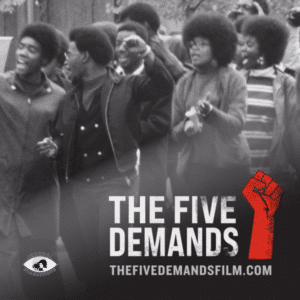 At 6 a.m. on Tuesday, April 22, 1969, students chained the gates of the City College of New York (CCNY), the first free public university in the United States, effectively shutting down the campus for seventeen days. Led by Black and Puerto Rican students, the protesters had five clear demands that they hoped the school would adhere to, demands which the students had requested in October 1968 to no avail.
At 6 a.m. on Tuesday, April 22, 1969, students chained the gates of the City College of New York (CCNY), the first free public university in the United States, effectively shutting down the campus for seventeen days. Led by Black and Puerto Rican students, the protesters had five clear demands that they hoped the school would adhere to, demands which the students had requested in October 1968 to no avail.
Student protests, demands for ethnic studies, and calls to end university complicity in the Vietnam War were sweeping the nation during this time. The demands of the CCNY students were:
- A separate school of Black and Puerto Rican Studies;
- A separate orientation program for Black and Puerto Rican students;
- A voice for SEEK [“Search for Education, Elevation, and Knowledge”] students in the setting of all guidelines for the SEEK program, including the hiring and firing of all personnel;
- That the racial composition of all entering classes reflect the Black and Puerto Rican population of New York City’s high schools; and
- That Black and Puerto Rican history and Spanish language be a requirement for all Education majors.

In the essay How to Shut Down a Campus: The 1969 Student Strike at the City College of New York, Rithika Ramamurthy writes,
While the student takeover started as a symbolic line in the sand, it sparked real upheaval when campus security guards — who were mostly Black — refused the administration’s order to remove the protestors from the grounds. They were all fired, and the students responded with a sixth demand that no discussion would occur until they were all reinstated — which President Gallagher assented to immediately. Labor solidarity between the Black campus workers and students of color proved to be an effective tactic to take the strike to the next level.
A 2023 documentary about the strike, The Five Demands, shows how the strike “soon turned into an uprising, leading to the extended occupation of the campus, classes being canceled, students being arrested, and the resignation of the college president.” As the discussion guide for the film describes,
Across the country students of color and their allies were bringing demands to colleges and universities, taking power into their own hands to fight for their rightful contributions, visibility and history to be reflected in the academic setting. The Black and Puerto Rican student takeover of City College burst forth in a cauldron of social unrest, particularly inspired by the Black Panther party and the Young Lords — grassroots activist groups taking on a stance of community organizers who not only fought against social ills, but created their own local solutions.
In summarizing the successes of the 1969 CCNY student strike, Ramamurthy writes,
The strikers at CCNY in 1969 insisted that higher education must not exclude those who have been forced into poverty and failed by education all their lives. They had a more radical understanding of why institutions for the public were not in fact open to everyone — and how to change them for the future.
The CCNY student takeover steered the university toward this alternative future for higher education. By starting from the fact that racism and poverty were the reasons that CCNY was not truly open to the Black and Puerto Rican students who made up the New York public school system, the movement made merit-based admission a moot point.

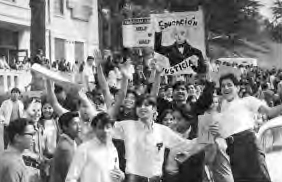
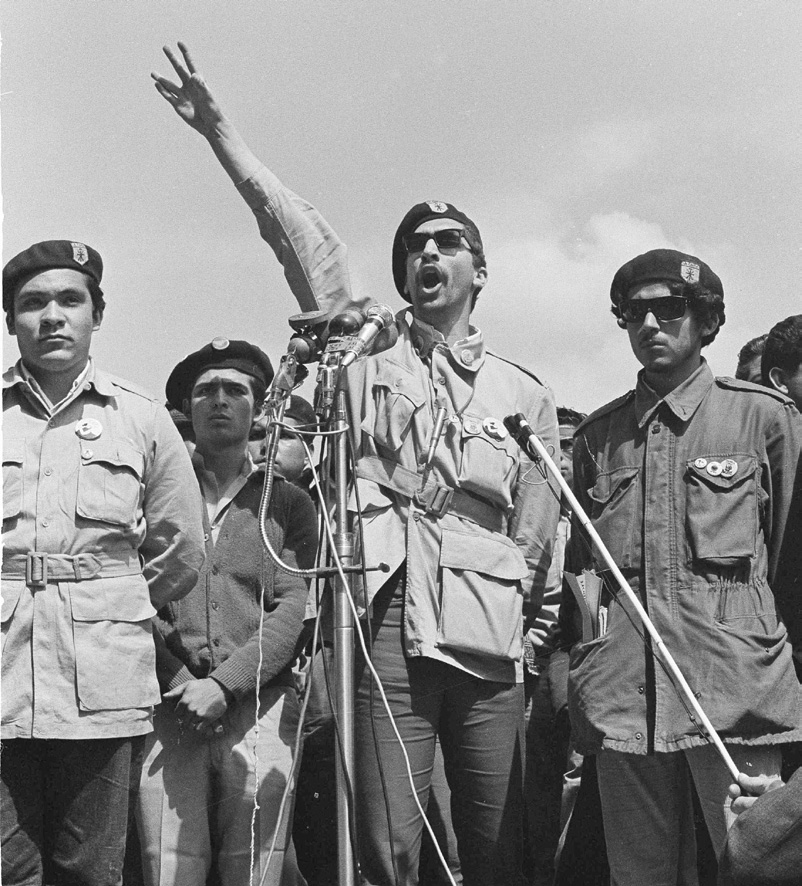
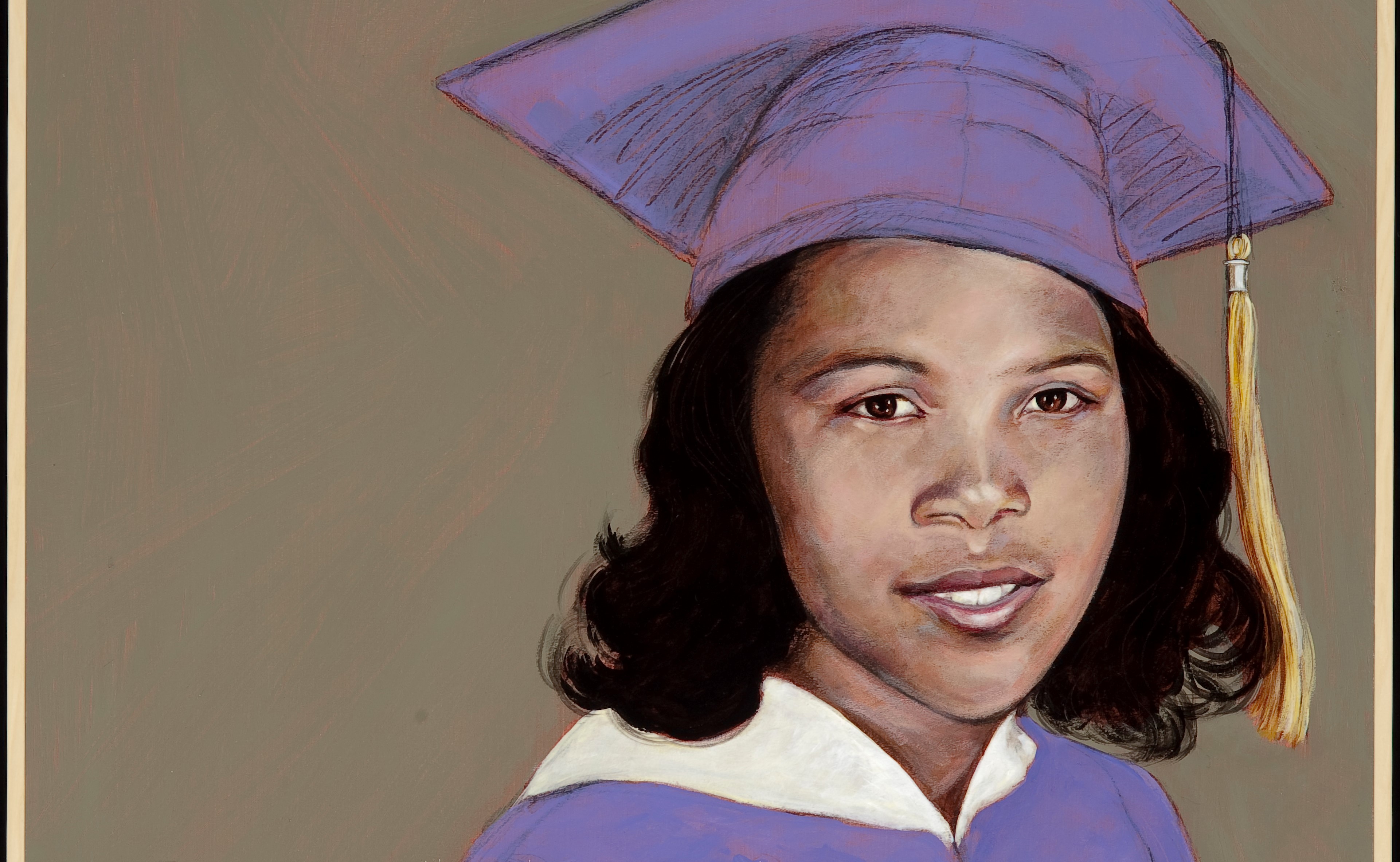
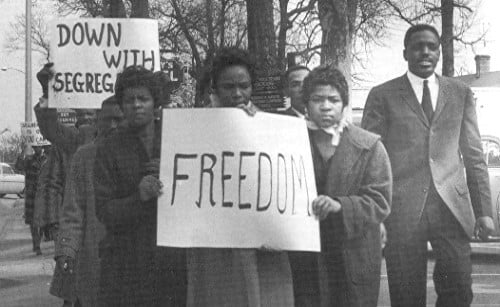
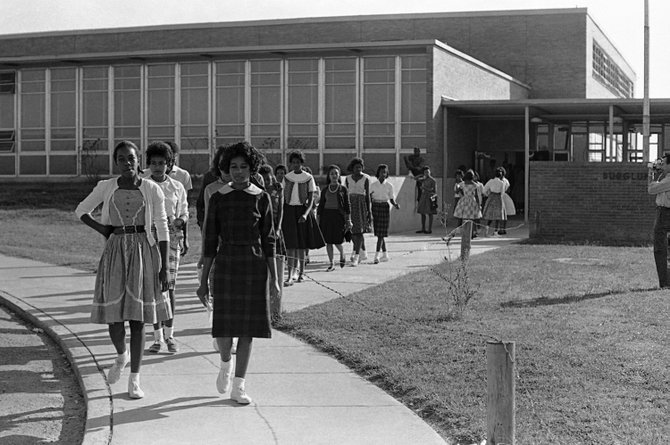

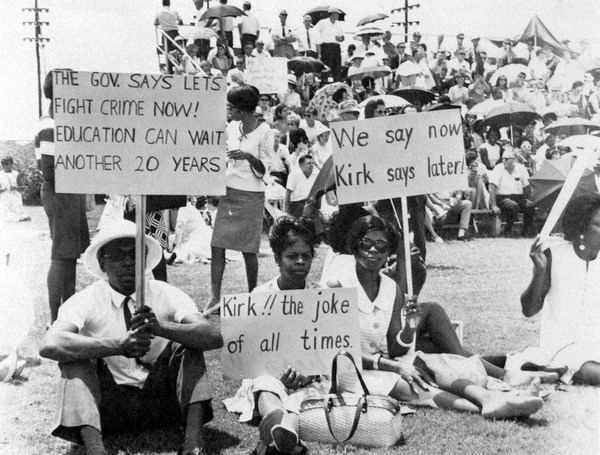
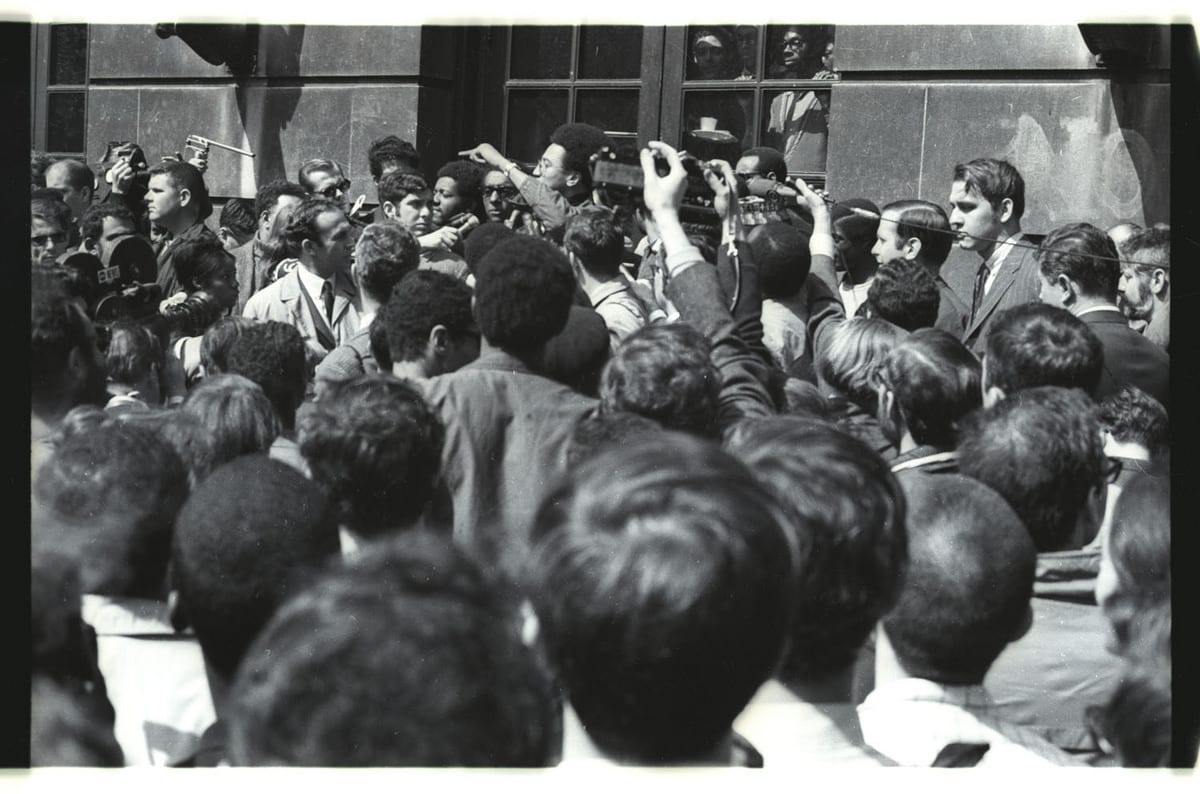
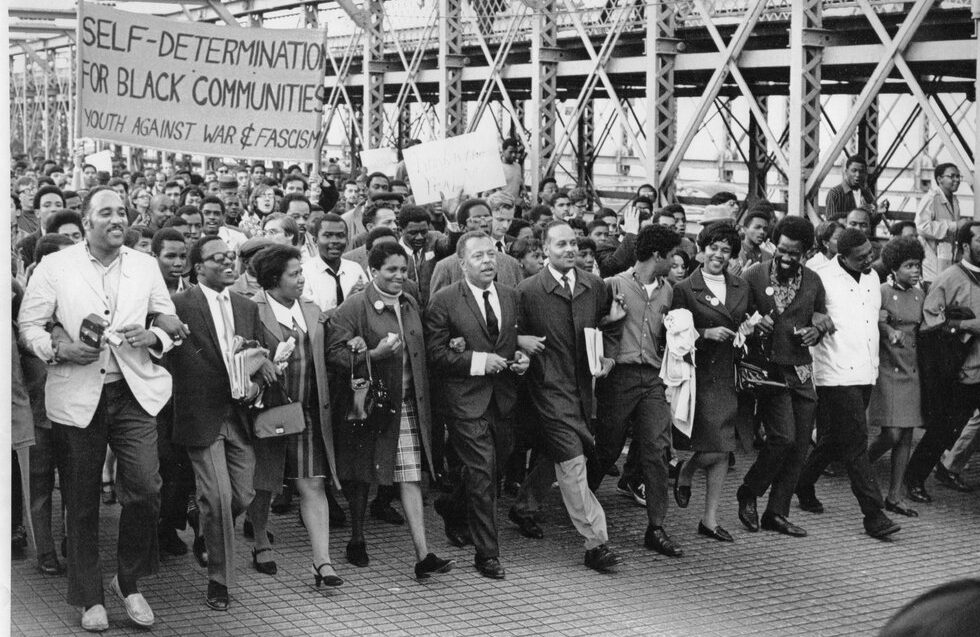
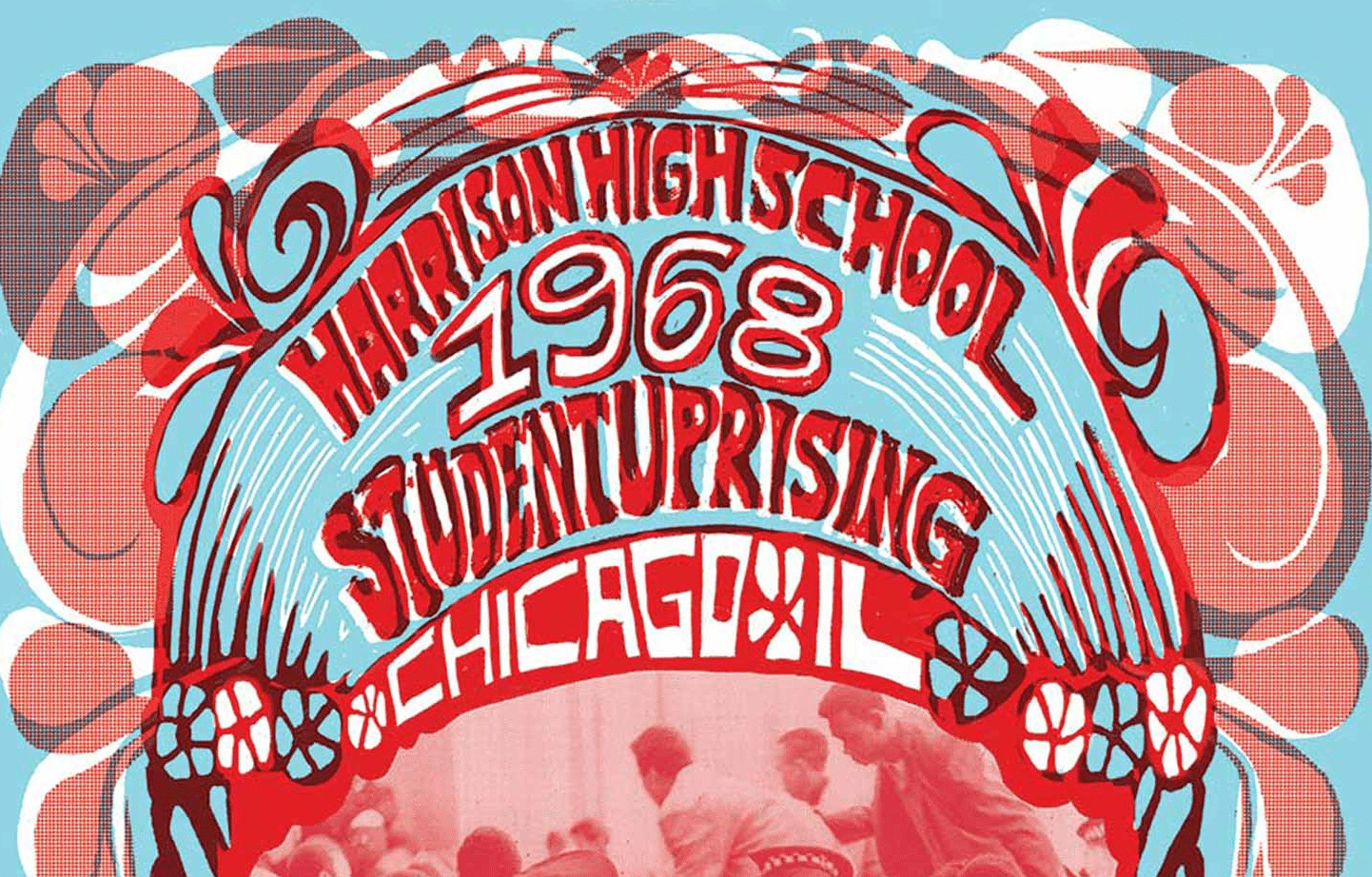
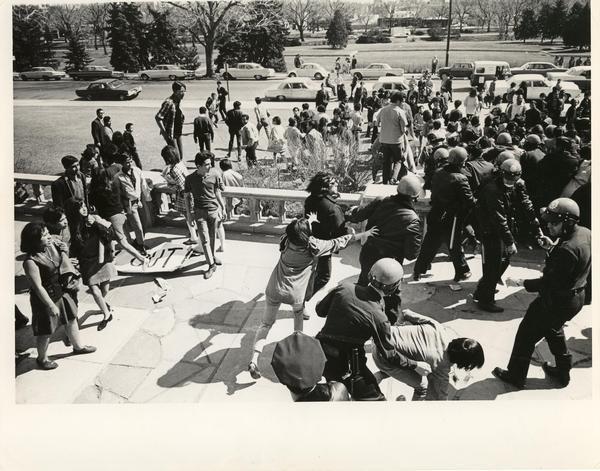
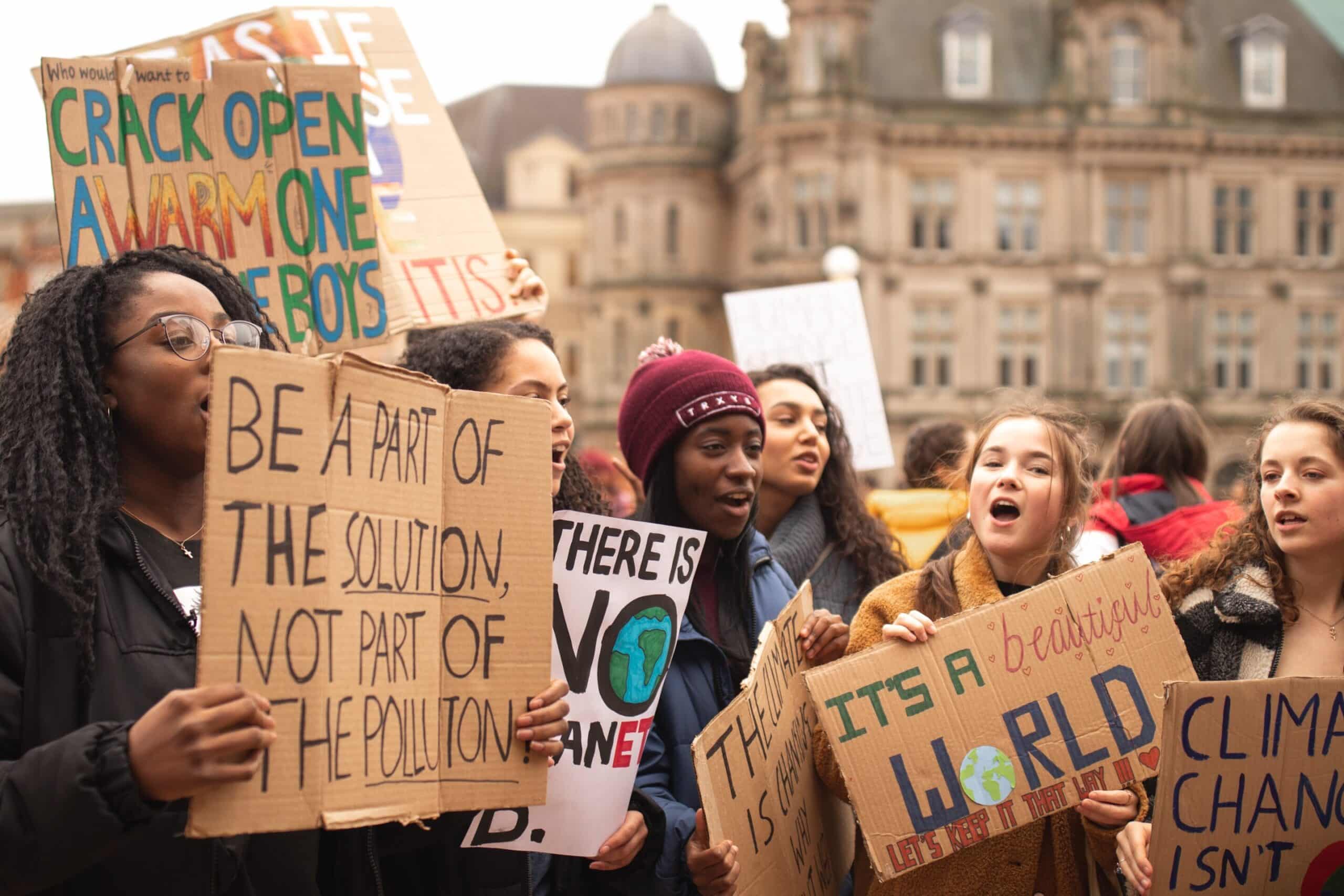





Twitter
Google plus
LinkedIn